Wednesday, 8 May 2024
Menu
After the last presentation at this year’s BalticTech the prize draw took place, which had not been possible the day before. The drawing itself, brilliantly conducted by the organizers, provided the audience with a lot of fun and was repeatedly interrupted by bursts of laughter.
Take a look at the whole gallery from the conference : Baltictech 2010 gallery
To sum up, the conference was certainly a great success. It was visited by almost half a thousand people. Nearly 40 companies related to diving exhibited. Participants during the two days could take part in 13 lectures and 11 workshops conducted by speakers from around the world. We congratulate the organisers and look forward to the next edition next year.
15:00 hours – Christian Ekstrom presented how diving looks like in the Aland Islands. After a brief introduction to the history of the area, Christian presented us with a map of wrecks, which includes nearly 600 positions… As he said, they usually dive only a few dozen positions and nearly 180 are waiting to be checked. One of these positions was the recently discovered wreck with champagne bottles.
Christian has assured us that they will now start successively investigating further items so perhaps in the near future we will see another sensation like the discovery of the oldest bottles of champagne.
14:00 – Phill Short talked about how his adventure with cave diving started and about cave diving in general. He is a speleologist by training. When exploring caves on the surface was no longer enough for him, he learned to dive to to be able to explore also their underwater parts. Then we heard about diving in various caves and the problems that are associated with it. To reach one of the caves, we had to carry a dinghy across the rivers for 4 days and then it turned out that the cave was so shallow that it was impossible to dive in it.
During the story we can hear, among other things, about cave dives in Florida, England, Scandinavia and Majorca. Of great interest are Phill’s stories from individual cave dives. During one of them he was buried in a cave, and on another occasion, in order to explore the rest of the cave, he had to blow up a boulder blocking the passage, which he did after completing a course in handling explosives. To sum up, Phill said that he dives to discover places where no one has ever been before.
Paweł Poręba’s presentation on correct trim and the exercises that can be used to improve it took place in the workshop room, which was, as usual, very full.
We start by getting familiar with the correct diving position underwater. As you know, it is obviously a horizontal position with legs bent at the knees and head upwards. The correct position makes it easier for us to move, especially when swimming in a current or in very cold water which is almost twice as viscous as warm water. The basic element which influences our position under water is trim. To maintain the correct position, the centre of gravity and the centre of buoyancy should be as close to each other as possible.
The first exercise that we need to master very well is the ability to hover without movement under water at one depth. To make this exercise more effective you can take your fins off while performing it, so that you don’t have to unconsciously correct your position with them. When determining under water if our trim is correct we stop moving for a moment and wait to see which way the water will turn us. Remember to start the exercise from a horizontal position. It is also advisable to be assisted by a person who will be able to tell if you are really in this position.
Another exercise is to straighten the legs at the knees under water. When performing this exercise correctly, we should be positioned vertically with our legs down. While doing it, remember to keep your head up all the time. In the second part of the exercise we bend our head and pull our legs under the cylinders, as a result we should turn upside down. When we already know if our trim is correct, we can start to improve it. The easiest way is to move the weight.
Other elements allowing us to change the trim are adjusting the position of the cylinder and adjusting the length of the harness. A very important thing is to fit the dry suit tightly. It is necessary to avoid too big boots and too big legs. A radical solution to this problem is to use wetsuits with socks and rockboots. Next, Paweł Poręba talks about the methods of trimming and placing the weight for a diver in a wetsuit with a single cylinder and for a diver in a dry suit with a twine configuration.
1pm – Tom Mount talked about the history of the development of technical diving. In the early sixties it was not a safe activity. When pressure gauges came into use the first dive magazines reported on the risk of them exploding…This was a time when diving accidents were becoming more common. After one of them, in which 4 people died, Tom Mount and his friends installed a safety device in the cave, which was supposed to prevent further accidents. Dives in those days were done in the air without any special use of decompression theory. As Tom said himself, they were very lucky not to die after one of the dives.
In the 1970s Tom Mount, who is a naval officer at the time, introduces the helium diving programme. In the 1980s the development of technical diving gathers pace. Publications on trimix diving become more common. Nitrox is introduced to diving. Shack Ecley starts to use trimix in deep cave dives.
There is also a parallel development of CCRs. In the 1990s, IANTD introduced training programmes for diving on trimix mixes and on CCRs. Currently, IANTD already has a training programme in dives up to 120m.
When you listen to Tom Mount’s story, you quickly realise what an amazing character he is and how much he has done in his life for the development of diving. He is perfectly summed up by one of the sentences he said: I would rather die doing something fun than in an old people’s home”.
These days Tom Mount is very much promoting rebreather diving. He believes that at a time when the whole development of open-circuit systems is based on increasing the volume of gas cylinders, it is not right for him to simply regress in diving development. An additional advantage of CCRs, which he emphasised, is the price of use. The price of the device remains a definite disadvantage. Interestingly, in response to a question on which rebreather Tom dives, he answered that he owns several units and then listed almost all models existing on the market….
12:00 pm – Jarrod Jablonski started by thanking for the traditional Polish hospitality he had experienced the previous evening ;). Since he is a specialist in cave diving, but also has very extensive experience in wreck diving, the organisers persuaded him to compare training methodologies in cave and wreck diving. At first we are introduced to the concepts of a cave and a cavern. A cave is generally a body of water that is still lit by daylight. A cave is everything that is further away. Wreck dives can be divided into those where there is no penetration of the interior of the wreck, the penetration is limited and when the penetration is full. The characteristic of a cave is that it is possible with a large The water temperature in the cave is constant throughout the dive. Also, the current in caves is usually constant. An additional advantage are unchanging weather conditions, thanks to which you can make even very long twenty-something hour dives without any risk. Wrecks are much more unpredictable. They are exposed to very big environmental changes, e.g. weather breakdowns. Recreational diving forgives a lot and is not particularly dangerous or complicated. However, technical, wreck or cave diving are already much more demanding. Since all these types of diving are very demanding many skills which divers should have are identical. For example, each of the divers dealing with advanced types of diving should have excellent buoyancy control. The biggest difference Jarrod pointed out between wrecks and caves is the unpredictability of the wreck environment. Wreck training should vary depending on the area of the world in which it is conducted. Wreck and cave training itself should be very similar. Wreck divers will certainly benefit from cave training.
11:00 – Just finished a lecture by Nick Toussaint who talked about the decrease in oxygen content in semi-open rebreathers. The main reason for the decrease in oxygen content in a rebreather is its consumption by the breathing diver. We go on to learn that maximum oxygen consumption depends on the weight of the diver and then Nick talks about the risks associated with decreasing oxygen content. These include hypoxia and DCS. The next slides include a comparison between CCR and SCR and the theory of O2 drop in pSCR. The presentation goes by very quickly but afterwards the speaker answers many more questions from the audience.
Hour 10:00 – the lecture on oxygen depletion in semi-open rebreathers begins. Attendance so far much smaller than yesterday. Apparently yesterday’s event was very tiring for the participants…. You can see photos from the event in our gallery: Gallery from BlaticTech 2010
9:00 –Yesterday’s conference day ended with a banquet at the Boolvar club. The evening part of BalticTech must have been attended by all the participants, as the club was bursting at the seams at times. At 9pm sharp, the results of the photo competition were announced. The first place was taken by Alex Dawson, the second place was taken by Leszek Legat and the third place by Jakub Świątkiewicz. As a prize, the conference organisers, together with Invest Sarko, will organise a photo exhibition in December, January and February, which will be on display in shopping malls around Tricity. Unfortunately, due to a malfunction of the microphones in the club, the drawing could not be completed, therefore, it was postponed to the next day and will be held after the last lecture.
Source and Photo: Divers24

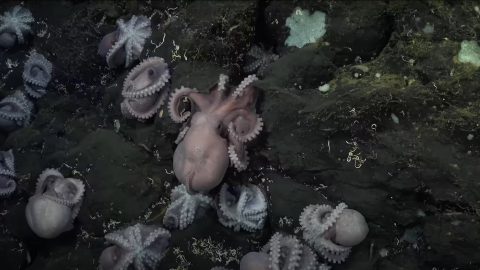

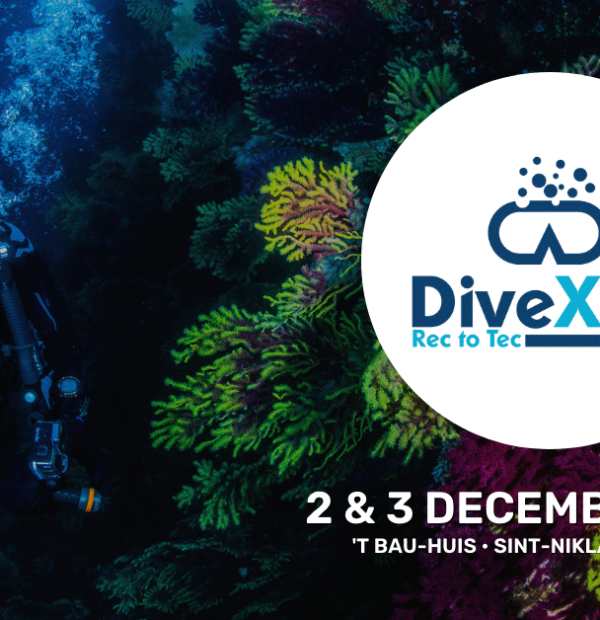
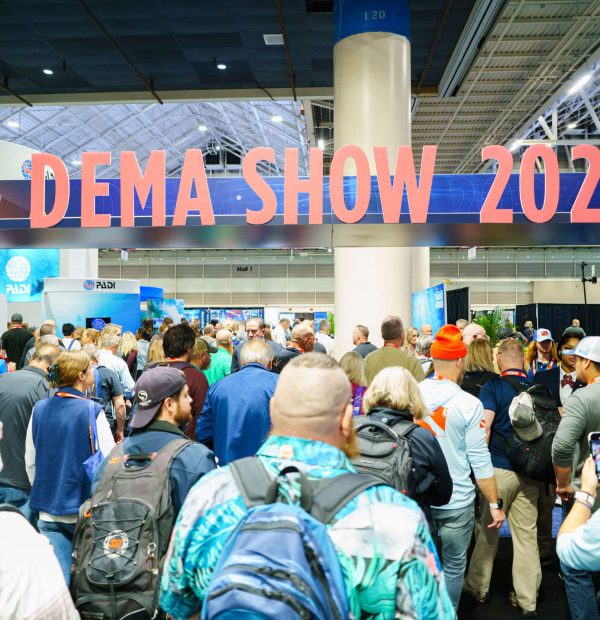
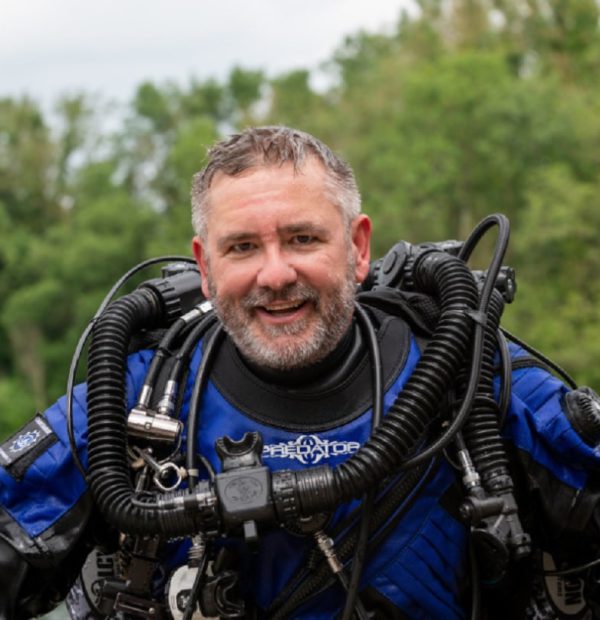

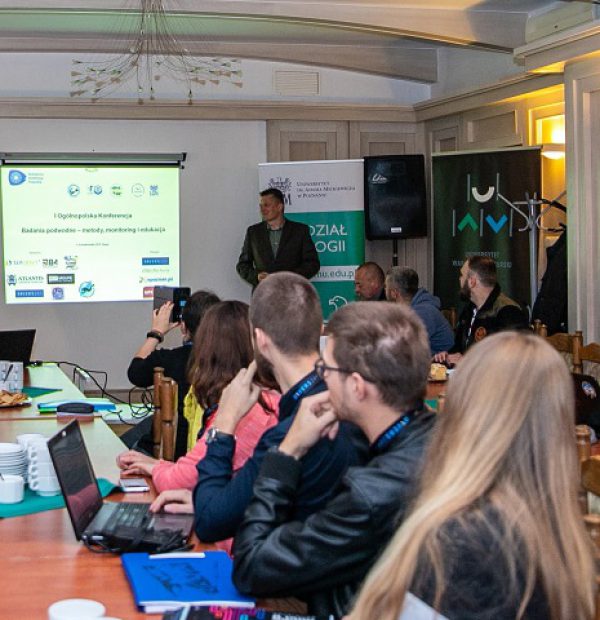


Welcome to DIVERS24.COM, your daily source of scuba news, freediving, scuba diving information, and equipment reviews. Our comprehensive coverage of the dive industry from A to Z provides you with all the latest scuba news, training updates, underwater photography tips, and everything else related to scuba diving. Whether you’re a beginner or an experienced diver looking for more knowledge about scuba gear or techniques – we’ve got it covered! With our in-depth articles written by experienced divers who have been there and done that, you are sure to find exactly what you need here at Divers24.com. Dive into scuba news today!
Underwater Media Sp. z o.o.
Szafarnia 11/F8,
80-755 Gdansk, Poland
Welcome to DIVERS24.COM, your daily source of scuba news, freediving, and scuba diving information. Sign in for a weekly news update and discount coupons for dive gear and apparel.
@2023 - underwatermedia.pl. All Right Reserved. Designed and Developed by Tworzenie stron internetowych Gdansk

The Divers24 portal is currently the largest online medium treating diving in Poland. Since 2010 we have been providing interesting and important information from Poland and around the world on all forms of diving and related activities.
Contact us: info@divers24.com